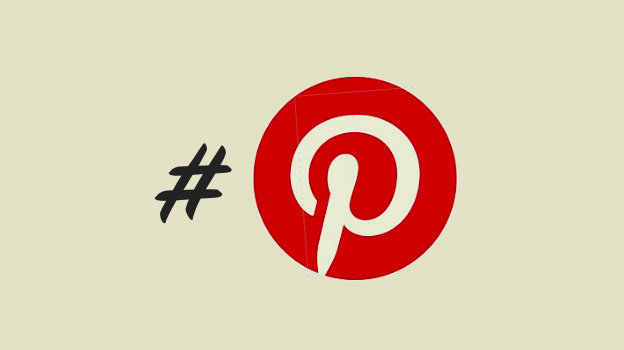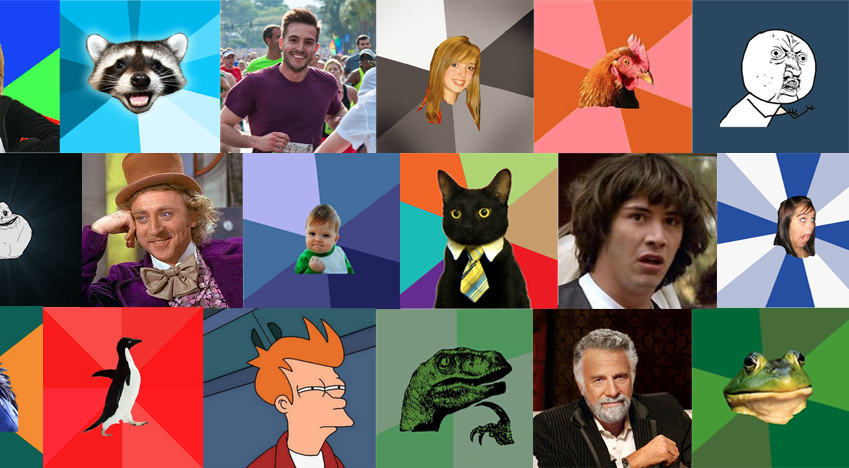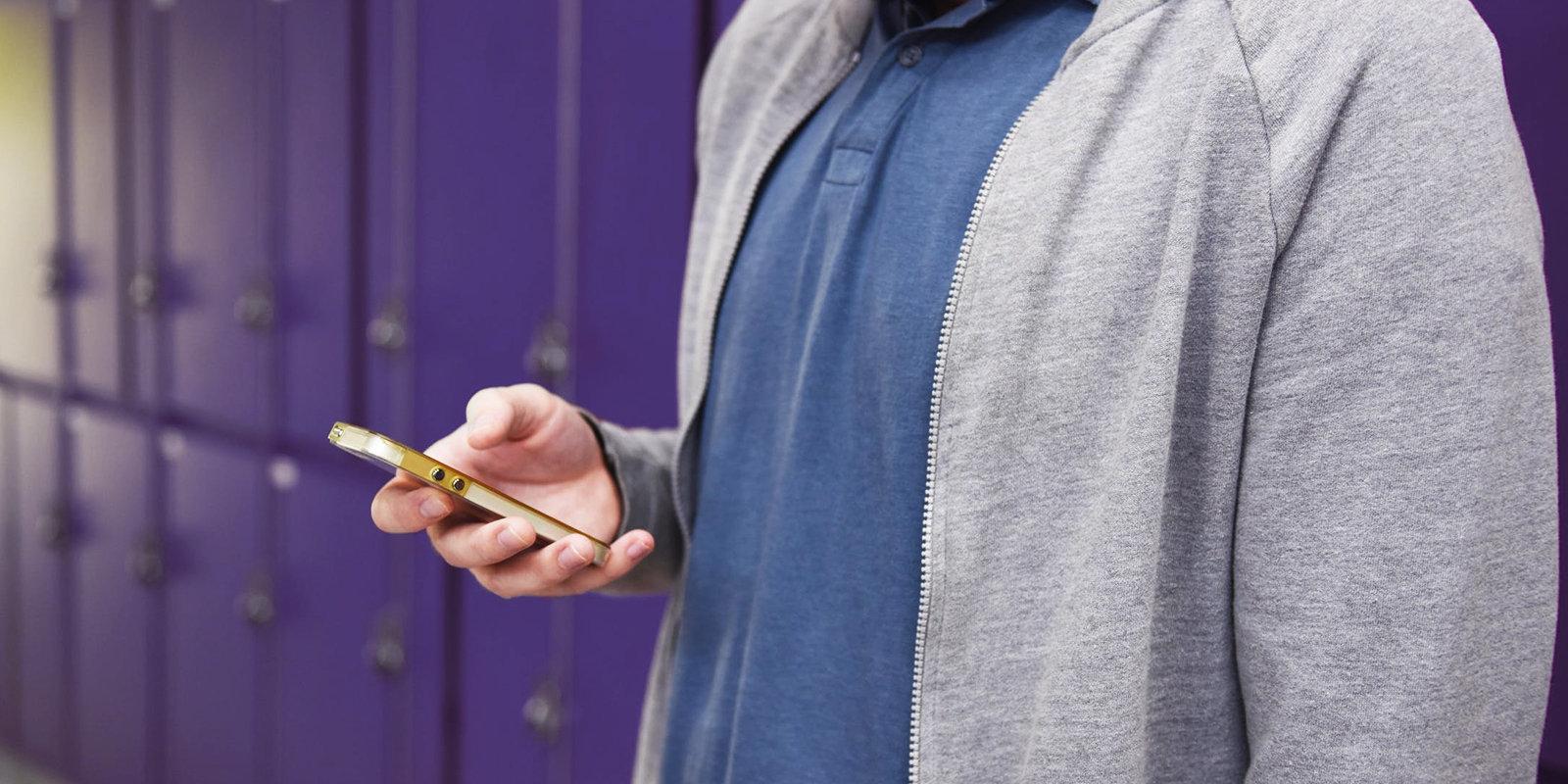What Pinterest Hashtags Mean for Brands
By now, you’re likely familiar with hashtags. They’re regularly used by Instagram and Twitter users as a way to find relevant content or tag posts to a particular stream, and by marketers to brand content and generate more engagement. Up until now, popular photo-saving social platform Pinterest didn’t recognize hashtags as a form of optimization. But Pinterest recently joined the hashtag train, opening up this feature to all users for increased optimization.
How do they work?
Hashtags on Pinterest work just like they do on other platforms. When you add hashtags to the description of a new pin, other users can click the hashtag to visit a feed of all the pins that use it. They help Pinners discover the freshest content on Pinterest because whether your pins are promoted or not, the freshest Pins with a hashtag will be right up top.
Keep in mind that hashtags only apply to Pinterest descriptions, so they aren’t clickable in board titles or board descriptions.
Since Pinterest’s algorithms give extra weight to hashtags, pins with hashtags may be served to users more than pins without—making them a significant feature to apply to your strategy.
What’s the benefit for your brand?
Over two billion searches happen on Pinterest every month, which makes Pinterest a common top referrer to websites. For example, one of our clients that frequently uses Pinterest has found it to historically be their top social referrer.
So what does this mean for you? If you haven’t already, make sure your boards have optimized descriptions, and take it one step further by optimizing your pins with tags. Your pins that link to your website with the additional benefit of incorporated hashtags can become an even more powerful source of referral traffic to your site than your pins before.
How can your brand implement them?
- Do your research. Experiment with this new feature by doing a Pinterest hashtag search of your own. What topics are your audiences currently searching for? What hashtags already have a lot of engagement? Gathering this kind of intel can be very helpful for understanding how your audiences find and browse related content. It can also give you insight into trending topics your brand could capitalize on, giving you the opportunity to hone in your strategy.
- Be specific and descriptive. With your previously conducted hashtag research in mind, make sure to choose relevant, on-topic hashtags that describe your pin or product offering.
- Quality, not quantity. Pinterest allows you to use up to 20 hashtags per pin. But remember that it’s not about using a high volume of hashtags, it’s about making sure you are using the most relevant hashtags to your brand. For example, Miracle-Gro uses two simple hashtags to optimize their gardening pin below:
Whereas Zulily tends to use a lot of hashtags, but they’re more generic:
• Timely or evergreen? Consider experimenting with mixing in timely and evergreen hashtags to diversify your content. Seasonal hashtags (such as #fallstyle, #falldecor, #holidays, etc.) could be highly trafficked during a given time period, and evergreen hashtags (such as #homedecor, #goals, #healthyrecipe, for example) are key examples that will likely continue a lot of engagement year round, making your content relevant after the season passes.
Pinterest hashtags could be the latest example of a way in which social platforms tend to mirror each other’s features for their own gain. In this case, the fundamentals of Pinterest hashtags are evidence that it has learned from the way other platforms have used them over time, and hashtags (mostly) only being available to organic pins is a way Pinterest is able to test whether or not they will work for promoted ads. This update could also be attributed to the natural, intuitive way social users are used to using hashtags across other platforms.
Love hashtags or hate them, this is one key update marketers should take advantage of to increase reach and engagement on a famously search-based platform like Pinterest.







